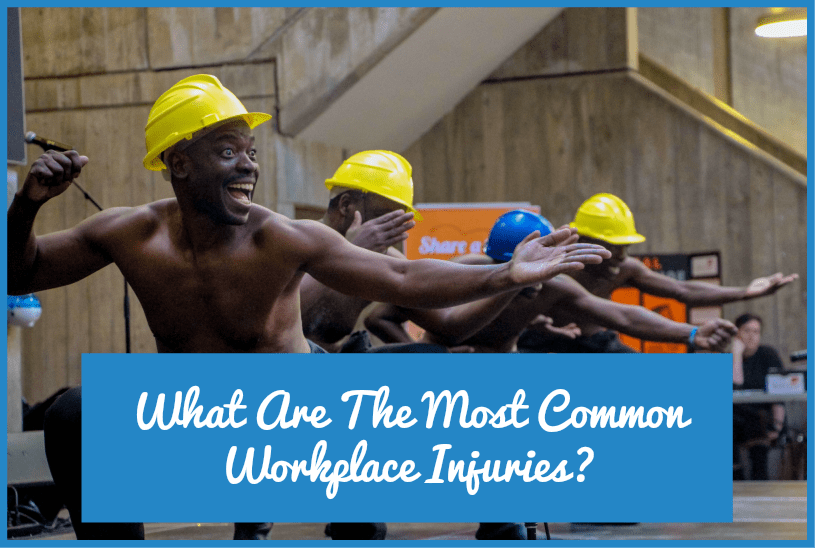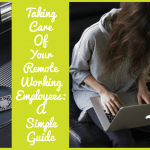
What Are The Most Common Workplace Injuries?
Protecting your employees from getting injured on the job should be a priority. Here are some of the most common workplace injuries and how you can prevent them.
Slips, trips and falls
Slips, trips and falls make up a third of workplace injuries. A few specific examples include an employee slipping on a wet floor and knocking their head or an employee falling off of a ladder and breaking their arm.
To prevent injuries from slips and trips, consider what dangers there are at floor level. You can often prevent slips by ensuring that signs are laid out when the floor is wet. Anti-slip rubber mats can also come in use in factories and kitchens where the floor may be regularly slippery in certain locations. As for trip hazards, a few classic examples include cables and steps. Try to contain cables where possible and turn single steps into ramps.
When it comes to preventing falls, there are many dangers to consider.
- Guard rails may be able to prevent falls down staircases or off platforms.
- As for climbing up ladders, always have someone at the bottom to steady the ladder.
- There may even be ways of preventing ladder use such as adding ceiling magnet hooks to replace signs.
- You could also consider outsourcing experts for certain jobs such as cleaning high windows or changing bulbs in high light fittings.
Heavy lifting strains
Heavy lifting is another common source of workplace injuries. If an object is too heavy or is lifted incorrectly, it could cause a sudden back injury or hernia.
Employees should be trained to bend at the knees when lifting heavy items rather than bending at the waist. It could also be worth investing in trolleys and lifts for certain items so that they do not have to be lifted and carried manually.
Trauma from falling objects
Falling objects can lead to head injuries – especially if these objects are heavy. This could be anything from a tool being dropped in a construction site to a box falling off a shelf in an office.
There are several ways to prevent such injuries. When it workplaces with overhead platforms and bridges, consider hanging nets or canopies below to catch falling items – or simply enforce that all employees wear hard hats. As for heavy items falling off of high shelves, avoid placing these items here if you can or make sure that they are secured with some kind of fastening.
RSIs
An RSI (repetitive strain injury) is a long-term injury caused by a repeated motion. A few examples include finger pain from typing all day or shoulder pain from continuously scanning items on a conveyor belt.
RSIs can be prevented by encouraging employees to take regular breaks. There may also be ways of encouraging good ergonomics to prevent RSIs such as making sure employees adjust their seat so that their elbows are level with their keyboard while typing, or supplying light and low-vibration tools in industries like manufacturing to reduce strain.
Road accident injuries
If employees are required to drive vehicles, there could also be a risk of injuries as a result of road accidents.
Such injuries could be the result of your employees’ driving unsafely – this could be prevented by monitoring your drivers with cameras and by possibly using speed limiters on vehicles. As for third-party accidents, you can protect employees by ensuring that all vehicles supplied have a good safety rating.
© New To HR


